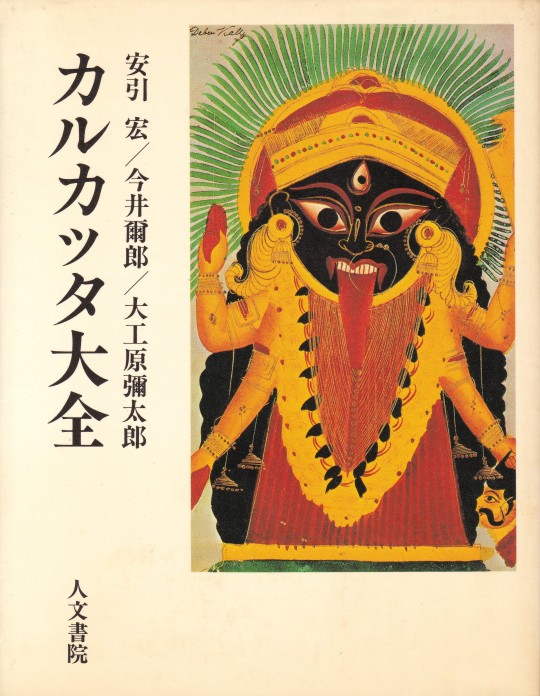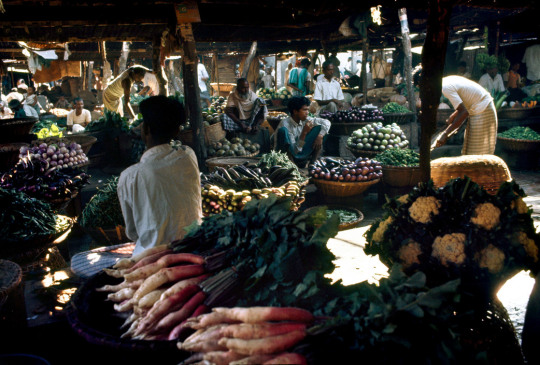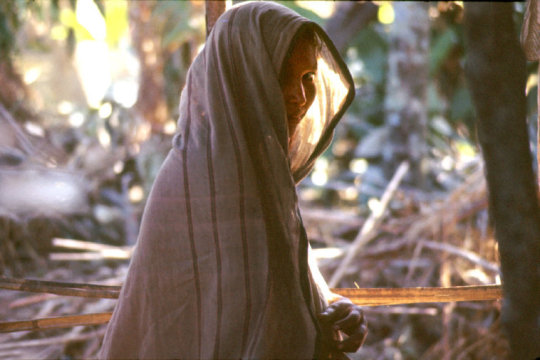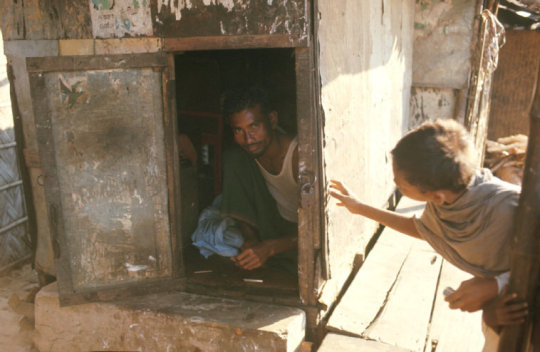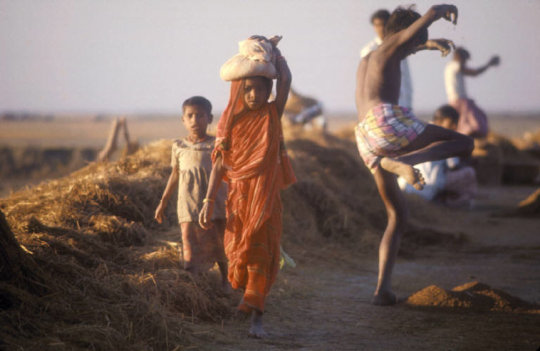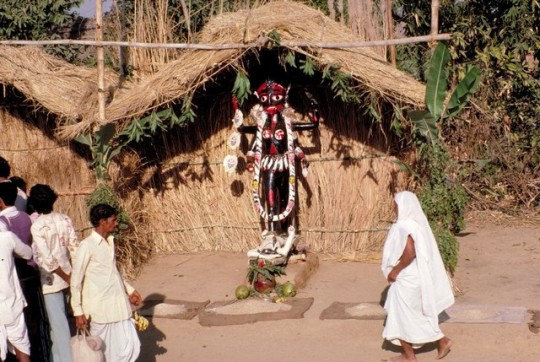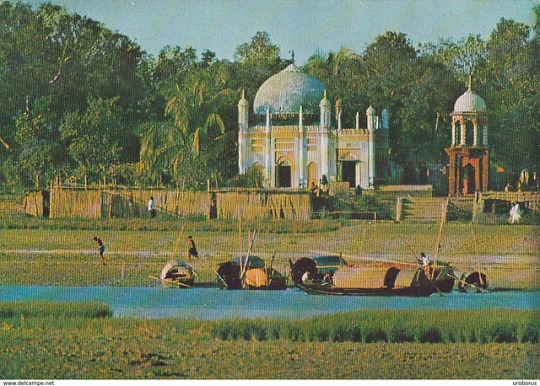Note
Hello. I read online about Bengali kinship system having different terms for aunt, uncle, grandmother, grandfather and whatnot and being someone who grew up knowing Chinese, that kinship system reminds me a lot about our kinship system. It makes me wonder which kinship system between Chinese and Bengali do you consider more complicated to learn.
Considering I’ve had real-life experience memorizing the Bangladeshi one and absolutely no experience with the Chinese system, I can’t give you a fair assessment. I did make the post below if you want to check it out and compare. Keep in mind that Bangladeshi titles will be quite different from Indian ones, and they can also vary by region. The post I made is biased towards Bangladesh.
15 notes
·
View notes
Photo

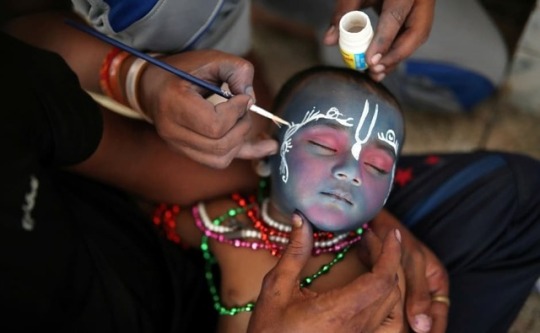
A child dressed as Lord Krishna
A child dressed as Lord Krishna sits on the doorstep in Dhaka, Bangladesh during the Janmashtami festivities.
Photo: Reuters/ Mohammad Ponir Hossain (via Firstpost.com)
722 notes
·
View notes
Text
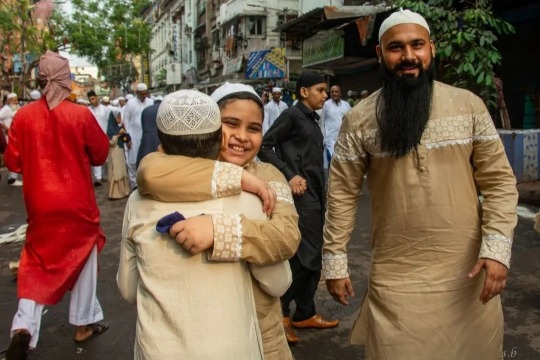
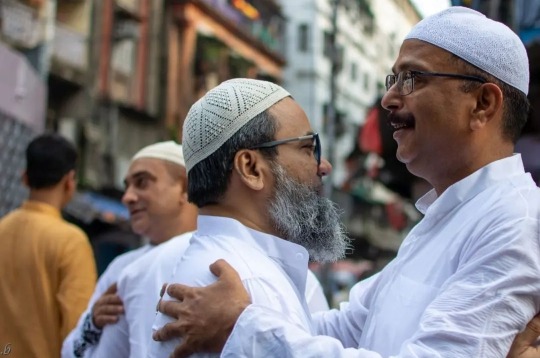


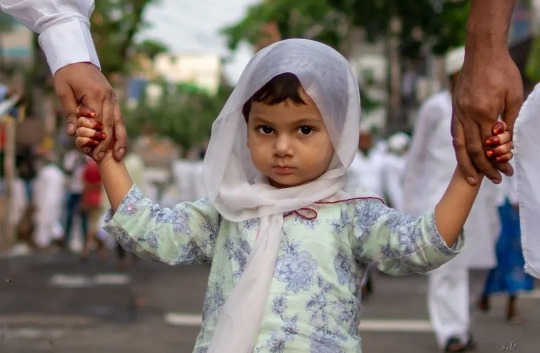

Eid celebrations in Kolkata, photographed by Sarmistha Bera
127 notes
·
View notes
Text

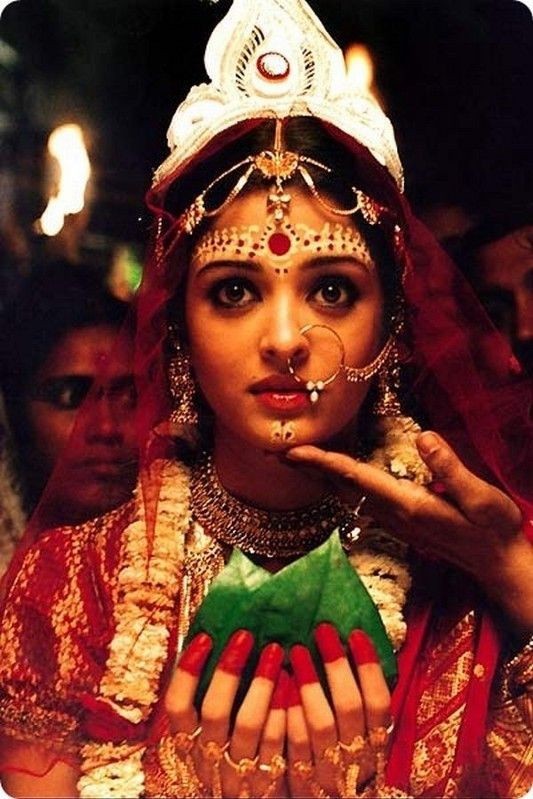


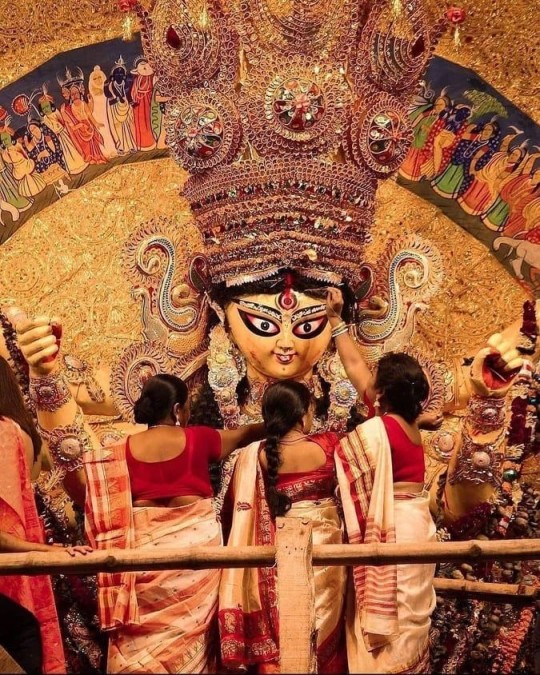
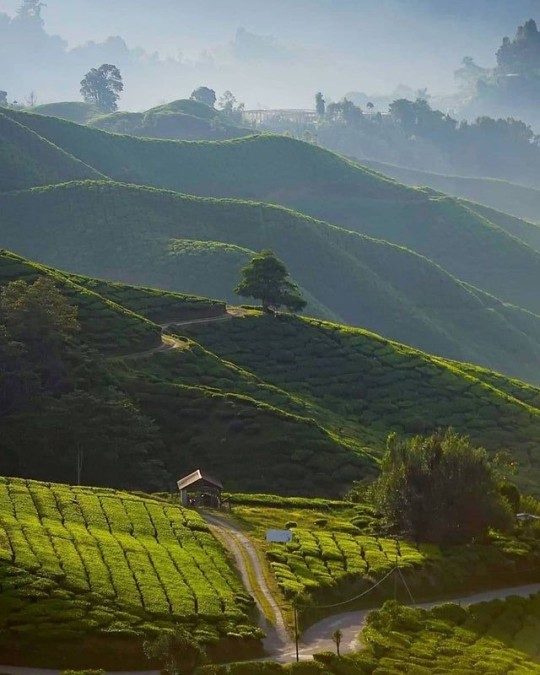
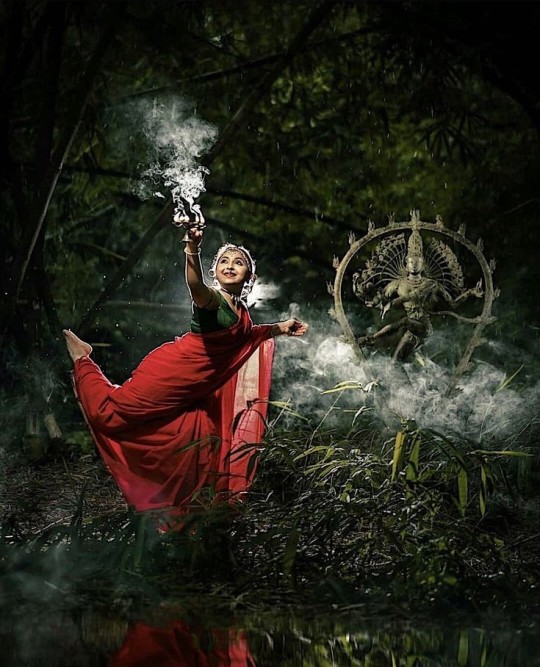

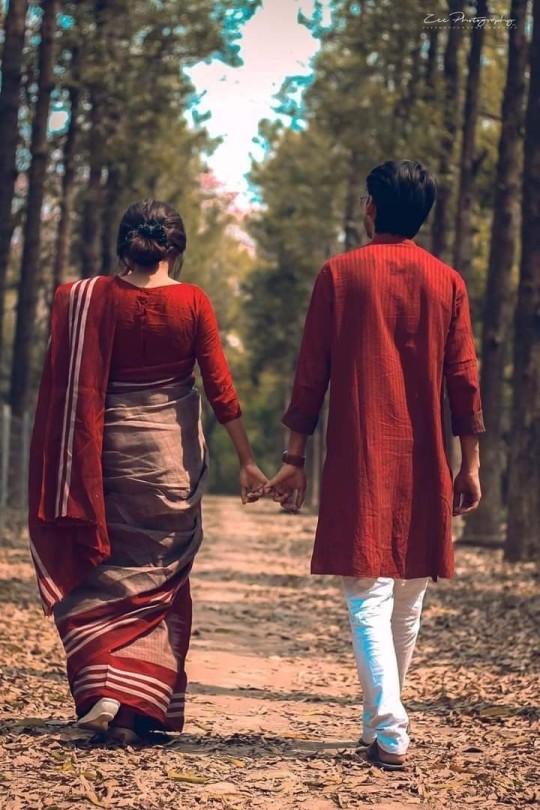
Mood board set in West Bengal requested by anon
199 notes
·
View notes
Text
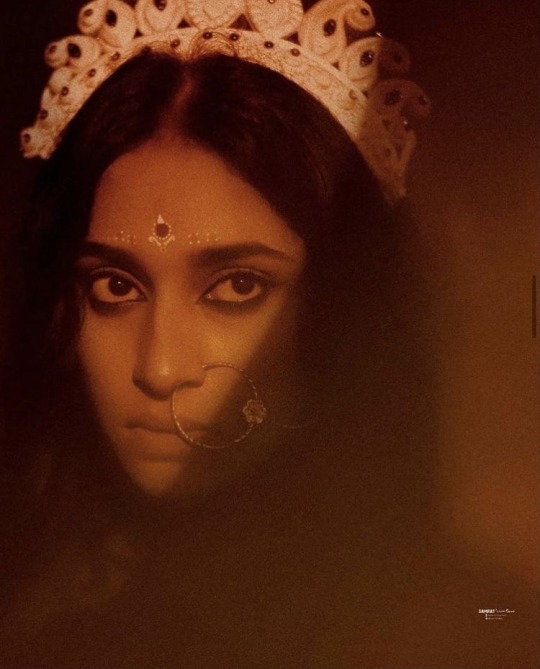
BENGAL
A bride wearing চান্দন [chandan] —designs of white sandalwood paste— and মুকুট [mukut] —a woman’s traditional bridal crown. These features are worn by Hindu Bengali brides only, sharing a likeness with depictions of the goddess Durga.
362 notes
·
View notes
Text
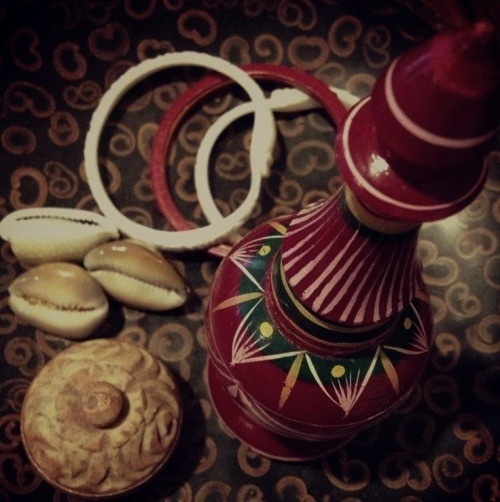




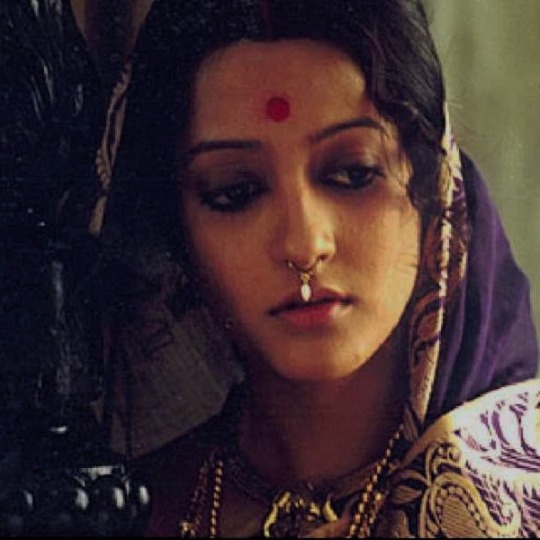



Baali
Two women trapped by the society, one stripped of colours and the other weighed down by it.
Two women feeling love in each other's presence, touch, smiles and colours. Two souls finding refuge in each other.
506 notes
·
View notes
Photo

Dhaka, Bangladesh: A student from the faculty of fine arts of Dhaka University works on a mural in preparation for the Bengali new year.
Photograph: Md Rakibul Hasan/Zuma Press Wire/Rex/Shutterstock
732 notes
·
View notes
Text

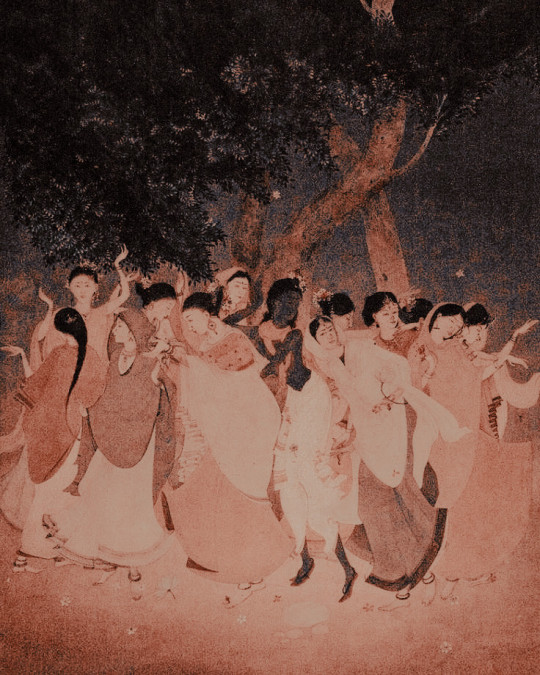

some paintings from the bengal school of art, as seen at the indian national museum today.
4K notes
·
View notes
Text
Resource List for Learning Bengali/Bangla
Hello! Do you want to learn Bengali/Bangla but don't know where to start? Then I've got the perfect resource list for you and you can find its link below! Let me know if you have any suggestions to improve it. Here is what the resource list contains;
"Handmade" resources on certain grammar concepts for easy understanding.
Resources on learning the script.
Websites to practice reading the script.
Documents to enhance your Bengali vocabulary.
Notes on Colloquial Bengali.
Music playlists
List of podcasts/audiobooks And a compiled + organized list of websites you can use to get hold of Bengali grammar!
138 notes
·
View notes
Text

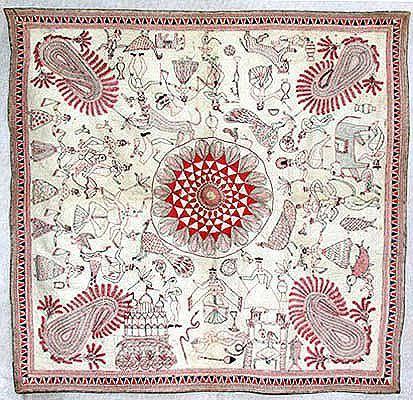
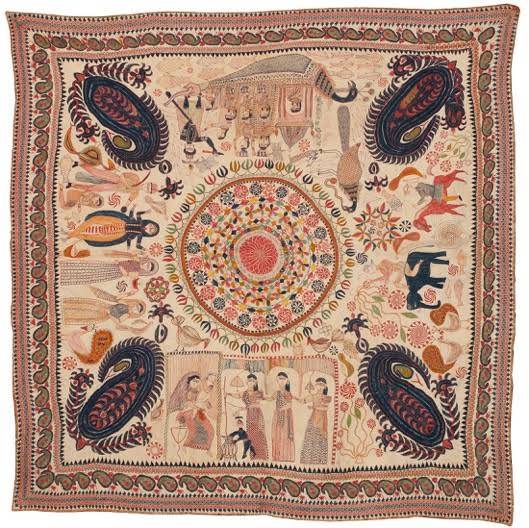

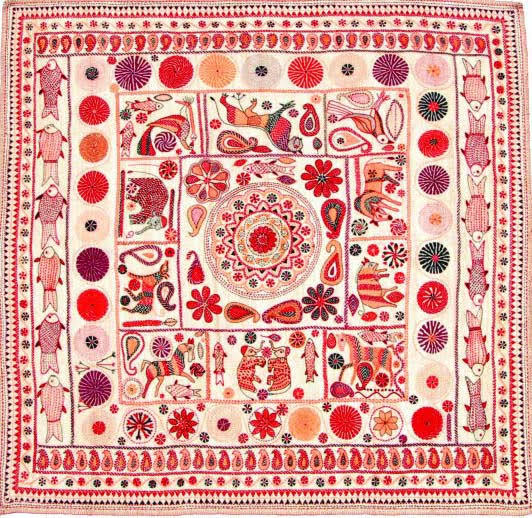
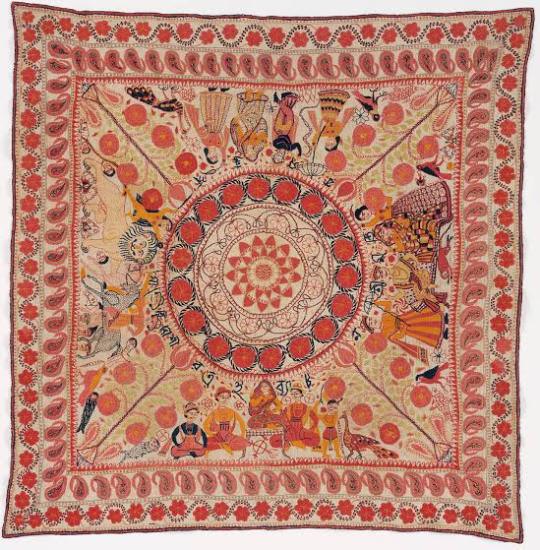
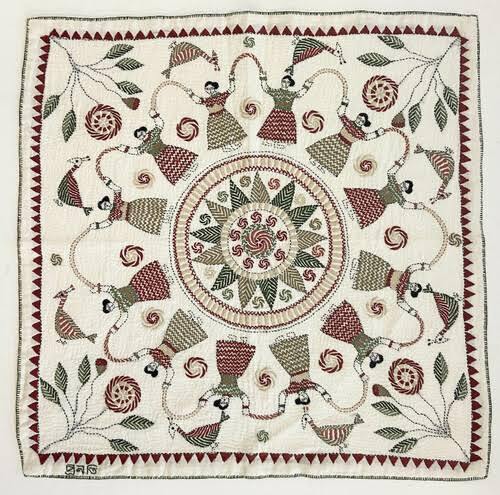
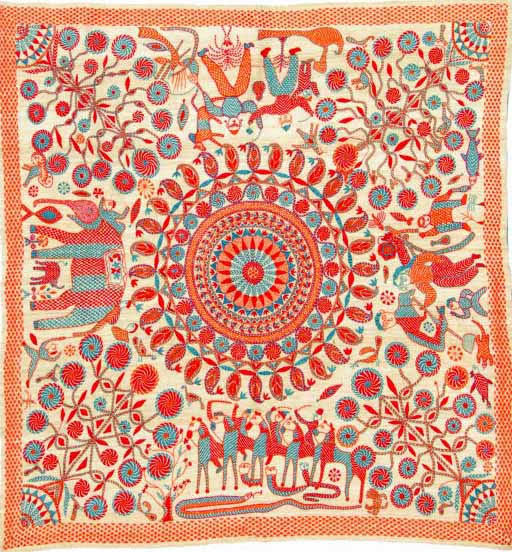
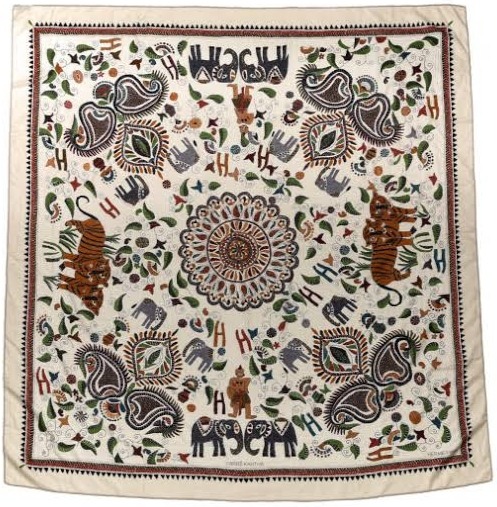
Nakshi kantha (Bengali: নকশি কাঁথা) is a type of embroidery tradition from Bengal region, i.e Bangladesh and Indian states of West Bengal, Tripura and part of Assam. The basic material used is thread and old cloth. Traditionally, kantha was produced by women strictly for the use of the family. However, these days after the revival of the nakshi kantha art form, they are produced commercially.
The name nakshi kantha is derived from the Bengali word naksha, which means artistic patterns, and kantha which originated from the Sanskrit word kontha, meaning rags, as kantha is made of rags. Traditionally kanthas had a white background accented with red, blue and black embroidery; later yellow, green, pink and other colours were also included. The running stitch called 'kantha stitch' is the main stitch used. Even though no specific strict symmetry is followed, a finely embroidered kantha will always have a focal point. Most kanthas will have a lotus as focal point, and around the lotus there are often undulating vines or floral motifs, or a shari border motif. Other motifs may include solar, lunar, wheel, swastika or other circular images as well as flowers, leaves, birds, fish, and animals. Although most kantas have some repeated traditional motif, no two naksi kantas are same and the individual style of the artist is retained.
1 / 2 / 3 / 4 / 5 / 6 / 7 / 8 / 9 | textile series
3K notes
·
View notes


